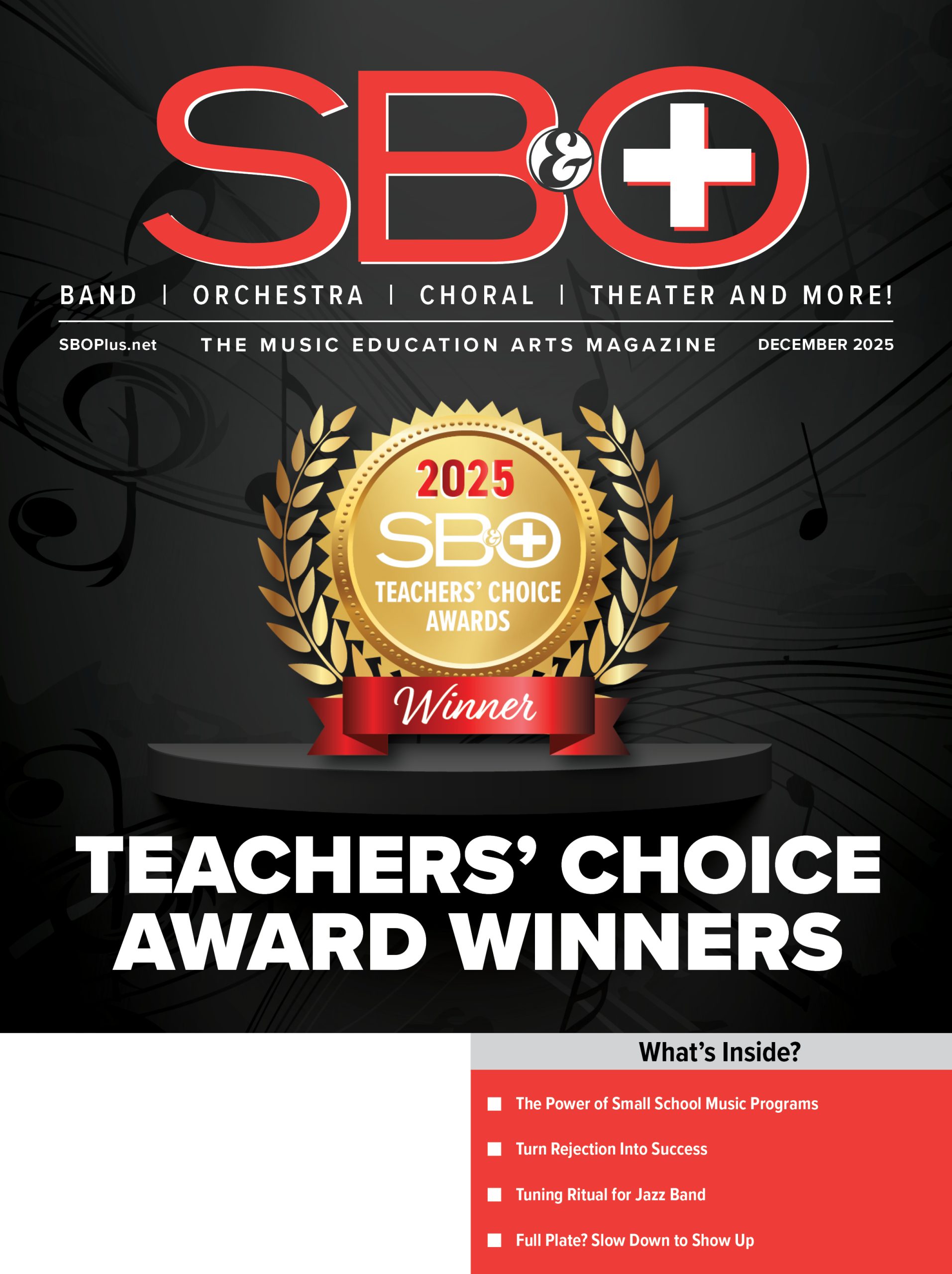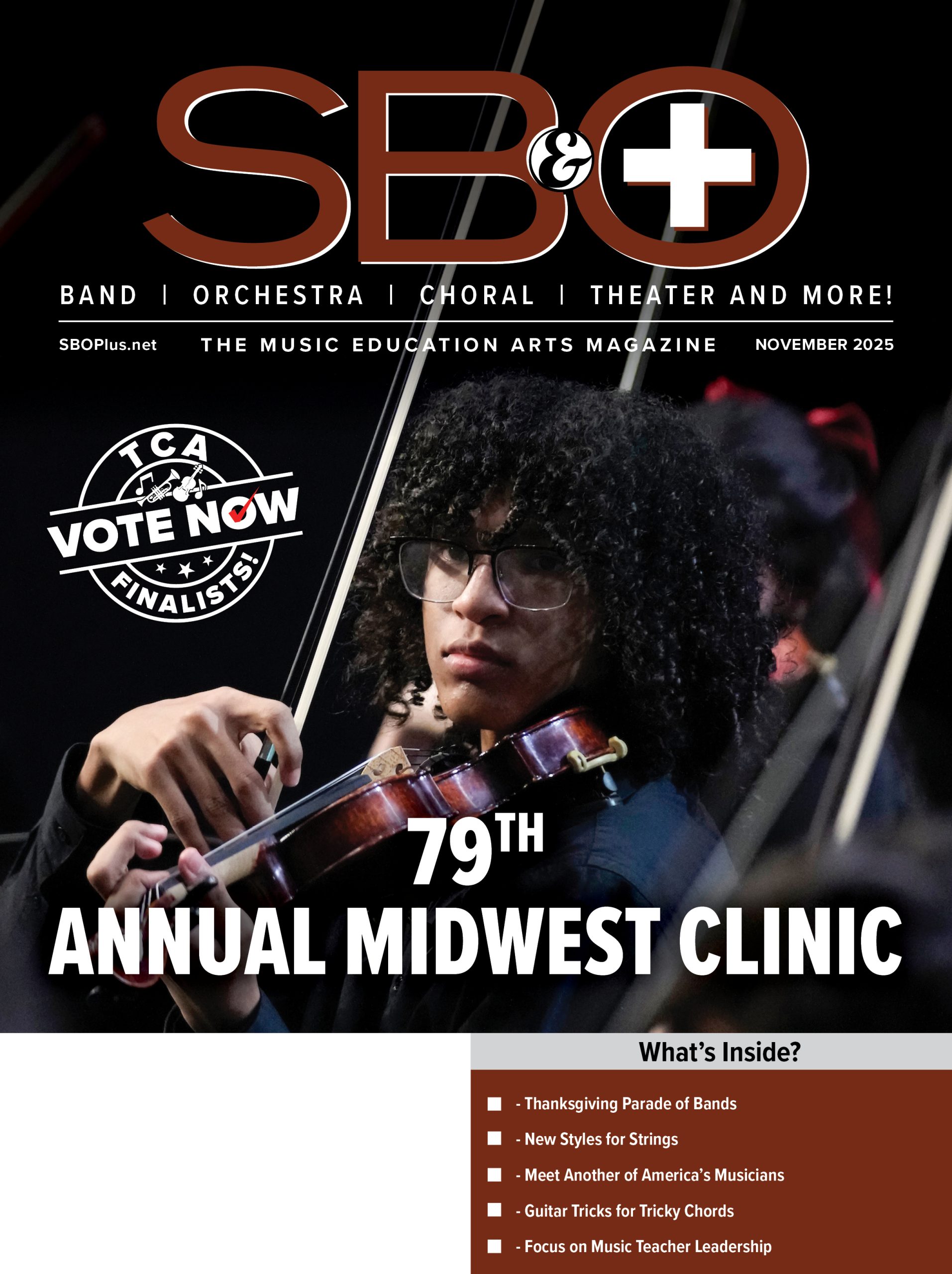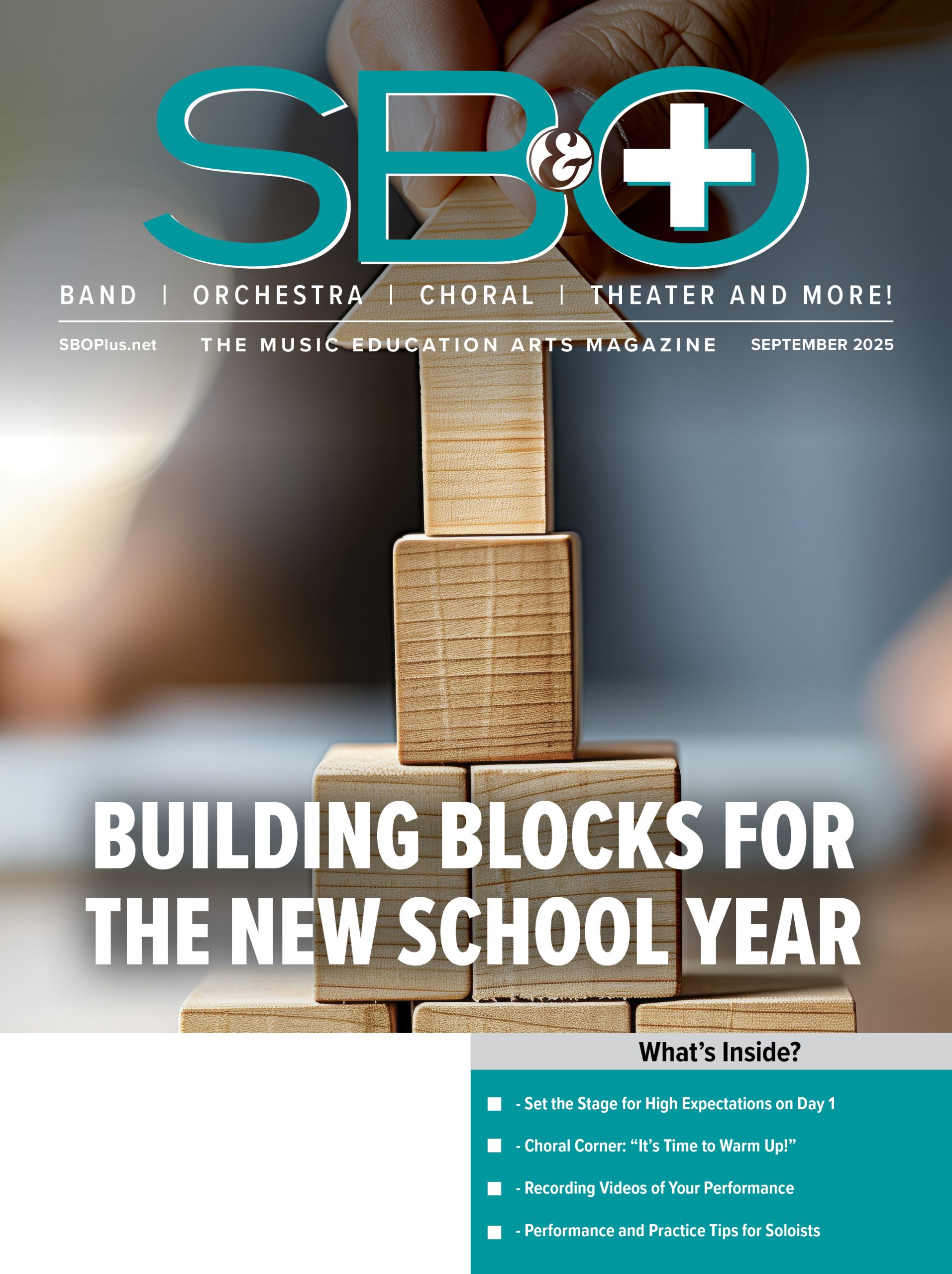 Timpani is perhaps the most different and distinct of all the percussion instruments.
Timpani is perhaps the most different and distinct of all the percussion instruments.
It is so different that it can be almost justified as to not be part of the percussion section, as it often plays the same role in the ensemble as low brass. Knowing the proper approach to the instrument is a very important aspect of making the instrument play an effective part in a wind ensemble situation. It is very important to teach your students at an early age the concepts regarding the fact that the instrument is not just another drum. I am going to explore some of these concepts.
Ear training: This is the absolute most important part of playing timpani in an ensemble. The pitches of the instrument change by moving the petal up and down. For this reason, ear training is absolutely crucial. The timpani are pretty much part of the low brass section. The performer needs to know how to hear pitch, adjust intonation, and blend with the winds. Sight singing exercises and the ability to hear and identify pitch are extremely important. Your student does not have to have perfect pitch, but he or she needs to have enough ear training to be a able to find pitches and adjust the pedal accordingly, as well as adjust intonation with the wind ensemble.
Pedal technique: It is always best to start with the timpani pedal with the heel all the way to the ground, which would be the lowest note, and gently and quietly move up to the desired pitch, especially when pitch changes are required within the band or orchestral work.
Stretching the head: Before the concert starts, it is always good to put slight pressure on each timpani head and slightly stretch them. This will prevent the timpani from spontaneously going off pitch during the performance, as room temperature and humidity tend to affect the head.
Proper playing position: The best and most sweet sound of the timpani is one to three inches from the rim. This is where your student should be playing the drum the majority of the time. There are exceptions when the music calls for a muddled or thumping sound, requiring the student to hit the dead center of the head. These instances are very rare though.
Proper grip and stroke: The proper timpani grip is very similar to the hand position of the “Stevens” marimba grip, where hand is rotated to where the thumb is pointed to the ceiling. The stroke of the hand is similar to casting a fishing rod. The stroke should be very light and should gently rebound off of the head, pulling the sound out of the drum. It should never be struck in the same manner as a snare drum. It is a very light and finesse stroke, which is all that is needed to get a full and rich sound out of the drum.
Proper mallet choice: Mallet choice is absolutely critical when playing a timpani. The nature of the composition being performed and the role of the timpani should help your student decide which mallet to use. Soft and fluffy mallet heads should be used for delicate and quiet segments of the composition, as the pitch of the drum needs to be heard, and not the attack. Medium or harder mallet heads should be used in more aggressive or staccato segments of the work. Wood heads should be used only in situations where the timpani needs to be extremely aggressive and loud.
Proper drum choice: Most sets of timpani have 4 drums. Knowing which drum to use for which particular note is extremely important as each timpani has a set pitch range. This should be worked out in rehearsal by your student. As a general rule, it is always best to choose a drum that can execute the note in the lower range of the particular drum. This will provide the most full and rich sound when the note is played.
Dampening: Dampening is very important when playing timpani. The written note value on the page will help give clues for how long each note should ring out. For longer note values, it is best to strike the drum and just let the pitch naturally fade away. But for more staccato note passages, your student should gently mute the drum with the palm of the hand after striking it, so the palm does not make a noise. For sections which require faster playing technique where there is no time to mute, your student can use a cloth or folded fabric to mute the drums by placing the cloth on the drum head.
Sticking choices: For faster segments that require more advanced technique, planning sticking patterns out ahead of time is very important. Doubling a left or right hand in the correct spot will help your student move to the next drum more efficiently. Sometimes a cross over stroke, where the right- or left-hand crosses over the other hand, is required. This is where it is challenging to keep the proper playing position of one to three inches from the head. It is challenging, but with practice, it can become muscle memory and habit.














